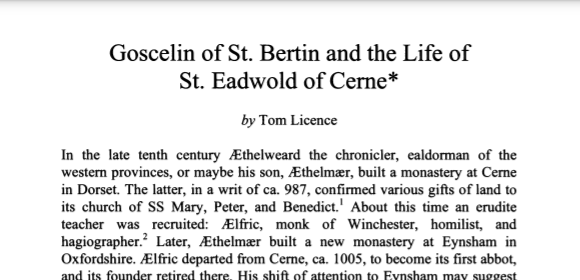Images from the shipwreck in Poole harbour found in 2020. The mid-C13th ship - a v rare example of a medieval wreck - was carrying freshly-carved #Purbeck marble coffin lids and mortars. Will transform our understanding of the Purbeck marble industry. 1/ bbc.co.uk/news/uk-englan… 

Intriguing that the ship's timbers came from Irish oak trees, felled 1242-1265: theguardian.com/culture/2022/j… 3/ 

The @HistoricEngland press release and official listing are here along with images of the domestic vessels on the ship too:
historicengland.org.uk/whats-new/news…
historicengland.org.uk/listing/the-li… 4/


historicengland.org.uk/whats-new/news…
historicengland.org.uk/listing/the-li… 4/



The find is also important because, apparently, it is the only wreck of a seagoing ship dating from from the 11th to the 14th centuries that has been found in English waters. Seems a remarkable statement: from @bournemouthuni press release. bournemouth.ac.uk/news/2022-07-2… 5/
The dendro report is here - which makes clear that the export of Irish oak planks at that time is well attested & doesn't mean the ship was built in Ireland:
historicengland.org.uk/research/resul…

historicengland.org.uk/research/resul…


• • •
Missing some Tweet in this thread? You can try to
force a refresh










